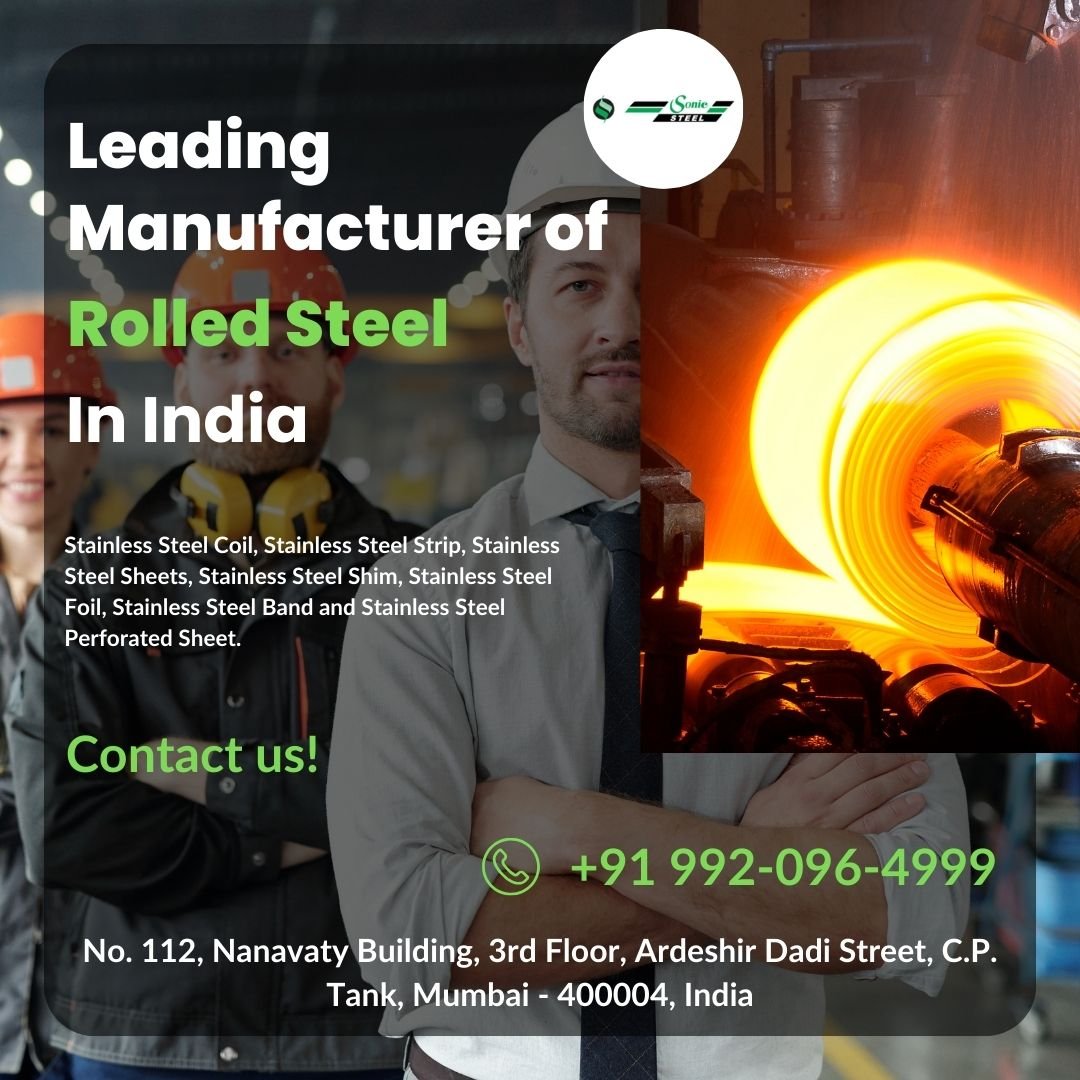In the world of steel manufacturing, understanding the differences between hot rolled and cold rolled steel is crucial for selecting the right material for your projects. Each type offers unique properties and benefits that cater to different applications and performance requirements. This article will delve into the key differences between hot rolled and cold rolled steel, helping you make informed decisions for your needs.
For high-quality steel products and more information, visit Stainless Steel Strip Coil.
What is Hot Rolled Steel?
Hot rolled steel is produced by rolling the steel at high temperatures, typically over 1700°F (926°C). This process makes the steel easier to shape and form, resulting in a product that is ideal for structural components and other applications where precise shapes and tolerances are less critical.
Characteristics of Hot Rolled Steel
- Surface Finish: Hot rolled steel has a rough, scaly surface that is a result of the cooling process after being rolled.
- Tolerances: It generally has looser tolerances compared to cold rolled steel, making it suitable for applications where exact dimensions are not crucial.
- Cost-Effective: The production process is simpler, making hot rolled steel more cost-effective for large-scale manufacturing.
- Ductility: It has excellent ductility, allowing it to be easily welded and formed into various shapes.
What is Cold Rolled Steel?
Cold rolled steel is produced by rolling the steel at room temperature after it has cooled from the hot rolling process. This additional processing step enhances the steel's strength, surface finish, and dimensional accuracy, making it suitable for more precise and high-performance applications.
Characteristics of Cold Rolled Steel
- Surface Finish: Cold rolled steel has a smooth, polished surface that is aesthetically pleasing and ideal for visible components.
- Tolerances: It has tighter tolerances and greater dimensional accuracy, making it perfect for applications that require exact specifications.
- Strength: The cold rolling process increases the steel's strength and hardness, providing better performance in demanding environments.
- Cost: Due to the additional processing steps, cold rolled steel is typically more expensive than hot rolled steel.
Key Differences Between Hot Rolled and Cold Rolled Steel
Manufacturing Process
- Hot Rolled Steel: Rolled at high temperatures, which allows for easier shaping but results in a rougher finish.
- Cold Rolled Steel: Rolled at room temperature, providing a smooth finish and greater strength due to the additional processing.
Surface Quality
- Hot Rolled Steel: Rough, scaly surface that is suitable for structural applications where the finish is not a primary concern.
- Cold Rolled Steel: Smooth, polished surface that is ideal for applications requiring a high-quality finish.
Dimensional Accuracy
- Hot Rolled Steel: Looser tolerances, making it suitable for projects where exact dimensions are not critical.
- Cold Rolled Steel: Tighter tolerances and greater precision, ideal for high-performance applications.
Cost
- Hot Rolled Steel: More cost-effective due to the simpler manufacturing process.
- Cold Rolled Steel: More expensive due to the additional processing and improved properties.
Applications of Hot Rolled and Cold Rolled Steel
Hot Rolled Steel
- Construction: Used for structural components like I-beams, angle iron, and other infrastructure.
- Automotive Frames: Suitable for parts that do not require precise dimensions.
- Heavy Equipment: Ideal for manufacturing components that will undergo further machining or fabrication.
Cold Rolled Steel
- Precision Parts: Used in manufacturing parts that require tight tolerances and high strength.
- Appliances: Suitable for making components that need a high-quality finish and precise dimensions.
- Automotive: Used for manufacturing critical components that require greater strength and accuracy.
Conclusion
Choosing between hot rolled and cold rolled steel depends on your project's specific requirements. Understanding the key differences in their manufacturing processes, surface qualities, dimensional accuracies, and costs can help you make an informed decision.
For high-quality steel products and expert guidance, visit Stainless Steel Strip Coil. Our extensive range of steel solutions ensures you find the right material for your application, delivering optimal performance and reliability.





Comments